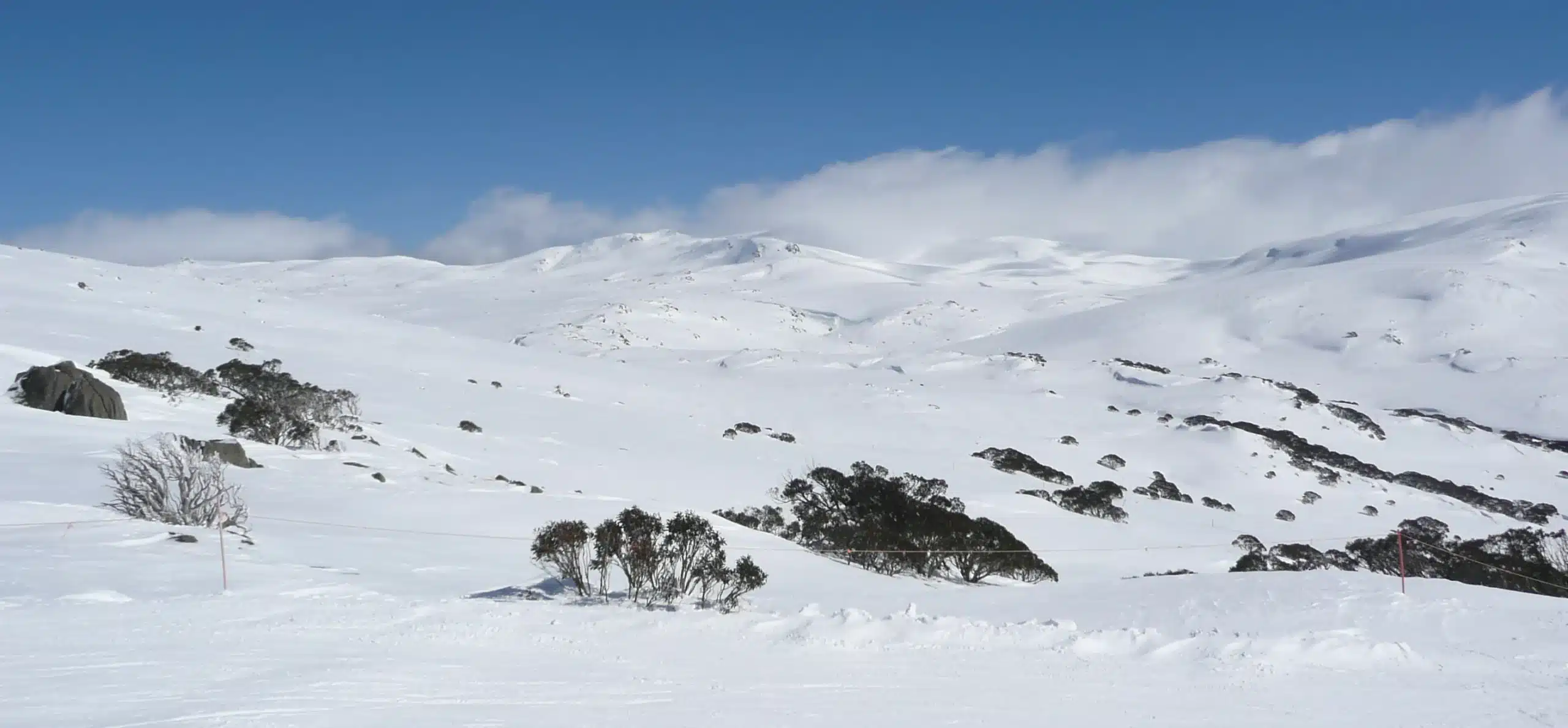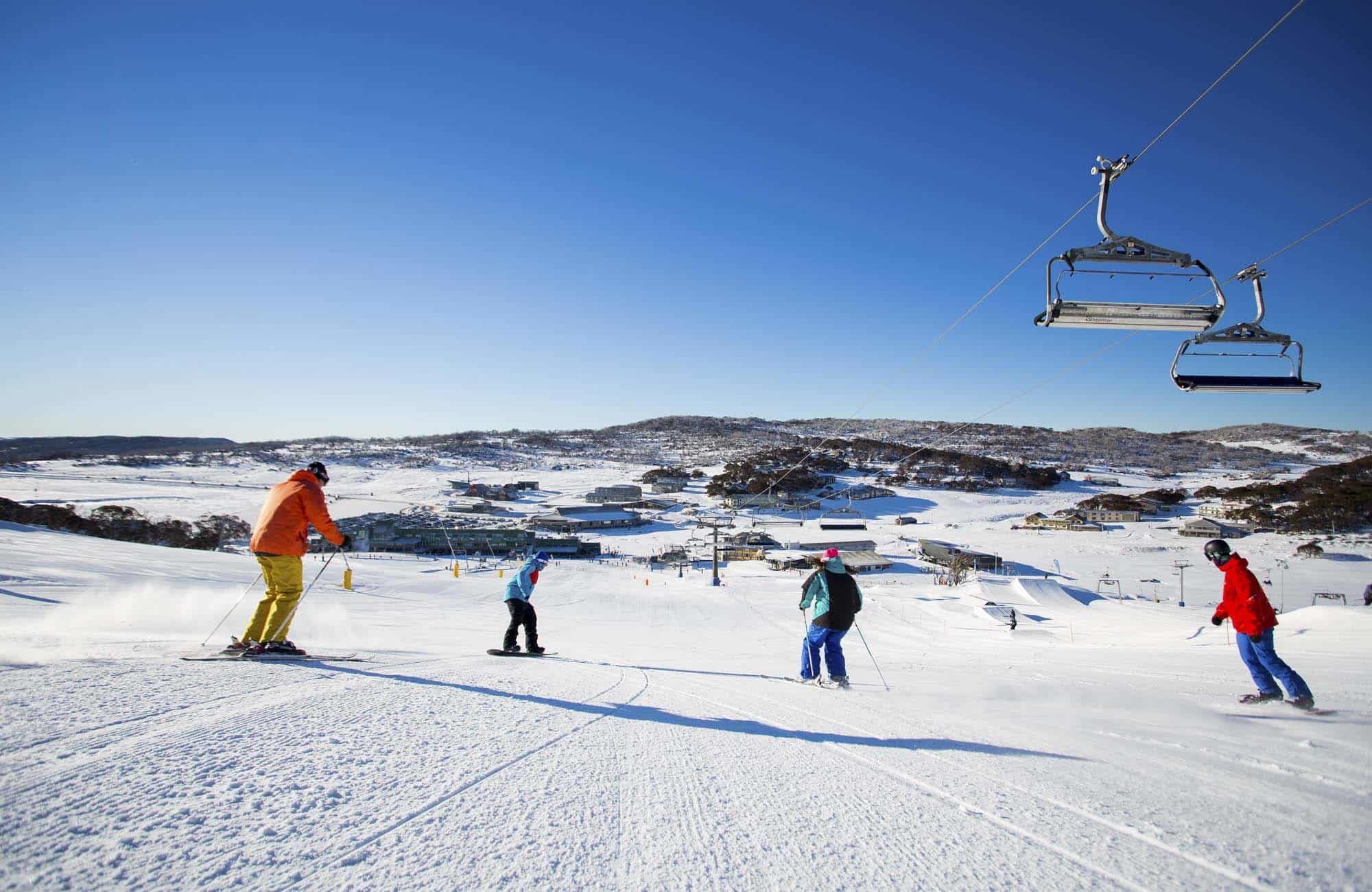Prepare Your Upcoming Trip to Witness Snow In Australia with Family
Prepare Your Upcoming Trip to Witness Snow In Australia with Family
Blog Article
Discover the Interesting Results of Snow in Australia on Neighborhood Ecosystems
In spite of its credibility for sun-soaked landscapes, Australia additionally flaunts regions blanketed by snow-- a phenomenon that exceptionally influences the country's special ecological communities. The protecting buildings of snowflakes safeguard flora and fauna among the coldest winter seasons, while the melting snow supports rivers and water life. However, the genuine wonder lies in just how these frosty conditions shape the nation's biodiversity and nutrient cycles. As we untangle this detailed connection, we find ourselves treading on untouched premises in Australia's high country.
The Unforeseen Regions of Snowfall in Australia
The high nation areas of New South Wales, Victoria, and Tasmania are specifically known for their winter snow. The Snowy Hills in NSW, for instance, get abundant seasonal snow, supplying a stark comparison to the nation's common warm, arid climate. The presence of snow in these regions considerably affects local ecosystems, consequently influencing the country's one-of-a-kind biodiversity.

How Snow Impacts Australia's Distinct Flora
While it might seem uncommon, snowfall in Australia plays an important duty in shaping the country's unique vegetation. The snow-filled winters months foster durability in Australian plant types. This is especially obvious in the towering and sub-alpine regions, where snow periodontals and mountain plum-pines thrive. These plants have actually evolved to survive in extreme conditions, with snow working as a safety blanket from extreme winds and freezing temperature levels. The snow additionally adds to the moisture content of the dirt, giving essential hydration for plant life throughout the completely dry summer season. Fundamentally, the snow affects the timing of flowering and seed dispersal, the development rates, and the survival of several plant types, showcasing the intricate interaction in between climate and plants in Australia.

The Adaptations of Australian Fauna to Snowfall
Just as Australia's flora has adjusted to the wintery problems, the local animals too, show amazing adaptations to the snowfall. Species like the Hill Pygmy-possum, the only Australian marsupial recognized to hibernate, have actually advanced techniques Full Article to make it through in snowy atmospheres. It uses the snow as insulation, hibernating in rock gaps beneath the snow to remain cozy. The Snow Skink, a types of lizard, transforms its colour to white throughout winter months, check it out giving camouflage against predators. Birds such as the Snowy Hills' Crimson Rosella likewise adjust their diet regimens to take in available food resources during chillier periods. Hence, in spite of the extreme conditions, Australian animals shows a adaptive and resistant nature, ensuring their survival in areas experiencing snowfall.
The Role of Snow in Shaping Neighborhood Communities
In forming the regional environments, the informative post function of snow in Australia is both extensive and multilayered. Snow provides an essential water resource, feeding rivers and storage tanks as it melts, hence supporting a range of aquatic life forms. The presence of snow shapes the vegetation patterns, animal habits, and overall sustainability of Australia's special communities.

The Future of Snowfall in Australia: Ramifications and predictions

Offered the critical role snow plays fit neighborhood communities, the future of snowfall in Australia is drawing boosting attention from ecologists and scientists. Current climate models predict a significant reduction in snowfall due to global warming, with possibly profound effect on local communities. Much less snow could result in decreased water schedule in alpine regions, adversely affecting wildlife environments and plant life. Additionally, it can change the timing of seasonal modifications, interfering with the life cycles of numerous indigenous varieties. The tourist sector, heavily reliant on the wintertime snow period, may likewise encounter significant obstacles. Recognizing these predictions and their effects is essential to develop efficient preservation strategies, making sure the conservation of Australia's distinct biodiversity and the sustainability of its economic situation.
Conclusion
The function of snow in Australia's communities is essential yet often ignored. Thus, the snow in Australia is much more than an all-natural phenomenon; it's an essential gamer in the nation's environmental narrative.
Despite its track record for sun-soaked landscapes, Australia additionally flaunts regions blanketed by snow-- a phenomenon that exceptionally influences the country's unique ecosystems. It makes use of the snow as insulation, hibernating in rock gaps below the snow to remain cozy - Snow In Australia.In forming the neighborhood environments, the duty of snow in Australia is both extensive and multilayered. The visibility of snow shapes the greenery patterns, animal behavior, and general sustainability of Australia's distinct communities
Given the vital role snow plays in forming neighborhood ecosystems, the future of snowfall in Australia is attracting raising focus from researchers and environmentalists.
Report this page